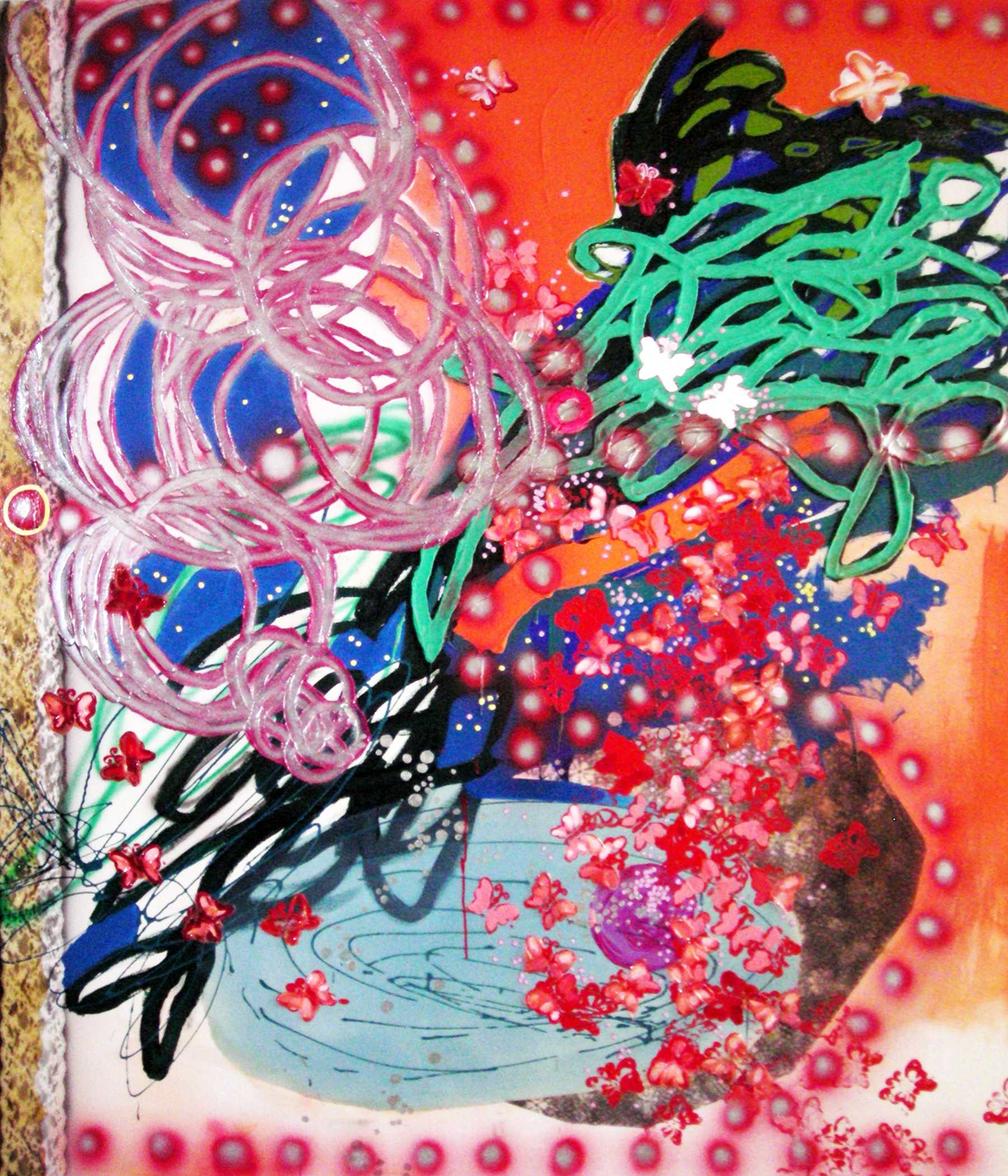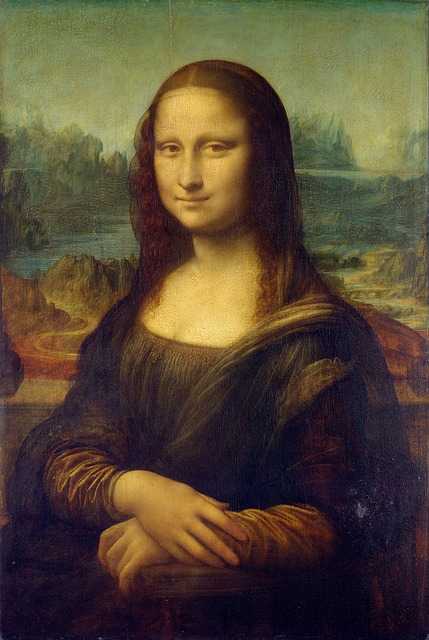Unlocking the Mysteries of Abstraction: Decoding the Meaning Behind Abstract Art Painting
Unlocking the Mysteries of Abstraction: Decoding the Meaning Behind Abstract Art Painting
Abstract art is a genre of art that has been around for more than a century, and yet, it still continues to mystify and intrigue people. For many, abstract art can be difficult to understand, as it often doesn’t depict recognizable objects or scenes. However, there is much more to abstract art than meets the eye. In this article, we will delve into the world of abstract art, discussing its history, meaning, and how to decode the messages behind abstract paintings.
A Brief History of Abstract Art
The roots of abstract art can be traced back to the late 19th and early 20th centuries, when artists began to experiment with new ways of representing the world around them. The Impressionist movement, led by artists such as Claude Monet and Edgar Degas, rejected traditional techniques of realistic representation and focused on capturing the fleeting effects of light and atmosphere. This departure from strict realism paved the way for the development of abstraction in art.
One of the pioneering figures in the development of abstract art was Wassily Kandinsky, a Russian painter and art theorist. Kandinsky believed that art should express the artist’s inner emotions and spirituality, rather than simply imitating the external world. In 1910, Kandinsky created the first purely abstract painting, titled “Composition V”, which marked a significant turning point in the history of art.
Following Kandinsky’s lead, other artists such as Piet Mondrian, Kazimir Malevich, and Joan Miró began to explore abstraction as a means of expressing their inner visions and emotions. The movement gained momentum in the early 20th century, culminating in the formation of various abstract art movements such as Cubism, Futurism, Suprematism, and Surrealism.
Decoding the Meaning of Abstract Art
One of the most common misconceptions about abstract art is that it lacks meaning or purpose. In reality, abstract art is deeply meaningful and often conveys powerful messages that are open to interpretation. Unlike representational art, which depicts specific subjects or scenes, abstract art communicates through form, color, and texture.
One of the fundamental ways to decode the meaning behind abstract art is to consider the artist’s intentions and the context in which the artwork was created. Many abstract artists seek to express their emotions, experiences, and ideas through their work. By studying the artist’s biography and the historical background of the artwork, viewers can gain insight into the underlying meaning of abstract paintings.
For example, the renowned American abstract expressionist Jackson Pollock is known for his dynamic, action-packed paintings that seem to convey a sense of energy and movement. By delving into Pollock’s personal struggles and turbulent life, viewers can begin to understand that his abstract paintings are an emotional outpouring of his inner turmoil and psychological anguish.
Moreover, the formal elements of abstract art, such as line, shape, color, and composition, can also offer valuable clues to the meaning of a painting. Each of these elements can carry specific symbolic meanings and evoke different emotional responses. For instance, a painting with jagged, harsh lines and dark, tumultuous colors may convey a sense of conflict or distress, while a work with flowing, organic shapes and soft, harmonious colors might evoke feelings of tranquility and serenity.
In addition, many abstract artists draw inspiration from the natural world, cultural traditions, or spiritual beliefs, which can infuse their work with deeper layers of meaning. By understanding the symbolic significance of certain motifs, colors, and patterns, viewers can unravel the rich tapestry of meaning woven into abstract art.
Interpreting Abstract Art: A Case Study
To illustrate the process of interpreting abstract art, we will analyze one of the most iconic abstract paintings of all time: Wassily Kandinsky’s “Composition VII” (1913). This large-scale painting is a prime example of Kandinsky’s pioneering exploration of abstract form and color.
“Composition VII” is a cacophony of shapes, lines, and colors that seem to swirl and collide on the canvas. The painting exudes a sense of frenetic energy and tension, with its dynamic composition and vibrant hues. To decode the meaning behind “Composition VII”, we need to consider Kandinsky’s artistic philosophy and the historical context in which the painting was created.
Kandinsky was deeply influenced by his interest in music, and he often sought to convey the rhythms and harmonies of music in his art. In “Composition VII”, the swirling, overlapping shapes and lines can be seen as a visual representation of the complex interplay of musical notes and chords. The painting’s tumultuous energy and sense of movement evoke the dynamics of a symphony or a musical composition.
Furthermore, Kandinsky was a pioneer of abstract expressionism, a movement that sought to convey the artist’s inner emotions and spiritual experiences through art. “Composition VII” can be viewed as an emotional outpouring of Kandinsky’s inner turmoil and anxiety in the tumultuous period leading up to World War I. The painting’s chaotic, almost apocalyptic composition reflects the sense of unease and existential angst that pervaded the early 20th century.
Moreover, Kandinsky’s interest in spiritualism and theosophy is evident in “Composition VII”. The painting’s swirling, cosmic forms and vibrant colors are imbued with a sense of transcendence and spiritual awakening. Kandinsky believed that color and form could convey spiritual truths and inner harmonies, and “Composition VII” can be seen as a window into the artist’s mystical worldview.
By analyzing Kandinsky’s artistic philosophy, personal experiences, and the formal elements of “Composition VII”, we can begin to unravel the myriad layers of meaning embedded in this iconic abstract painting. Each brushstroke and shape carries a wealth of symbolism and emotional resonance, inviting viewers to embark on a journey of interpretation and discovery.
Decoding the messages behind abstract art is a deeply personal and subjective process, as each viewer brings their own unique perspectives and experiences to the table. Rather than seeking a definitive interpretation, it is more important to engage with abstract art on an emotional and intuitive level, allowing the artwork to speak to us in its own enigmatic language.
Conclusion
Abstract art is a realm of boundless creativity, complexity, and mystery. Far from being devoid of meaning, abstract art is a rich tapestry of emotions, ideas, and symbolism that invites viewers to think and feel deeply. By decoding the meaning behind abstract paintings, we can gain insight into the inner worlds of artists, as well as contemplate the profound mysteries of existence and the human spirit.
To make the most of the experience of viewing abstract art, it is essential to approach it with an open mind and a willingness to engage with the unknown. Rather than seeking clear-cut answers or explanations, we can embrace the enigmatic beauty of abstract art and allow it to ignite our imagination, evoke our emotions, and spur us to ponder life’s fundamental questions.
In the end, abstract art holds the key to unlocking the mysteries of the human soul, offering a glimpse into the depths of our shared humanity. As we continue to explore and contemplate abstract art, we can discover new layers of meaning and significance, illuminating the profound connections between art, emotion, and the human spirit.






